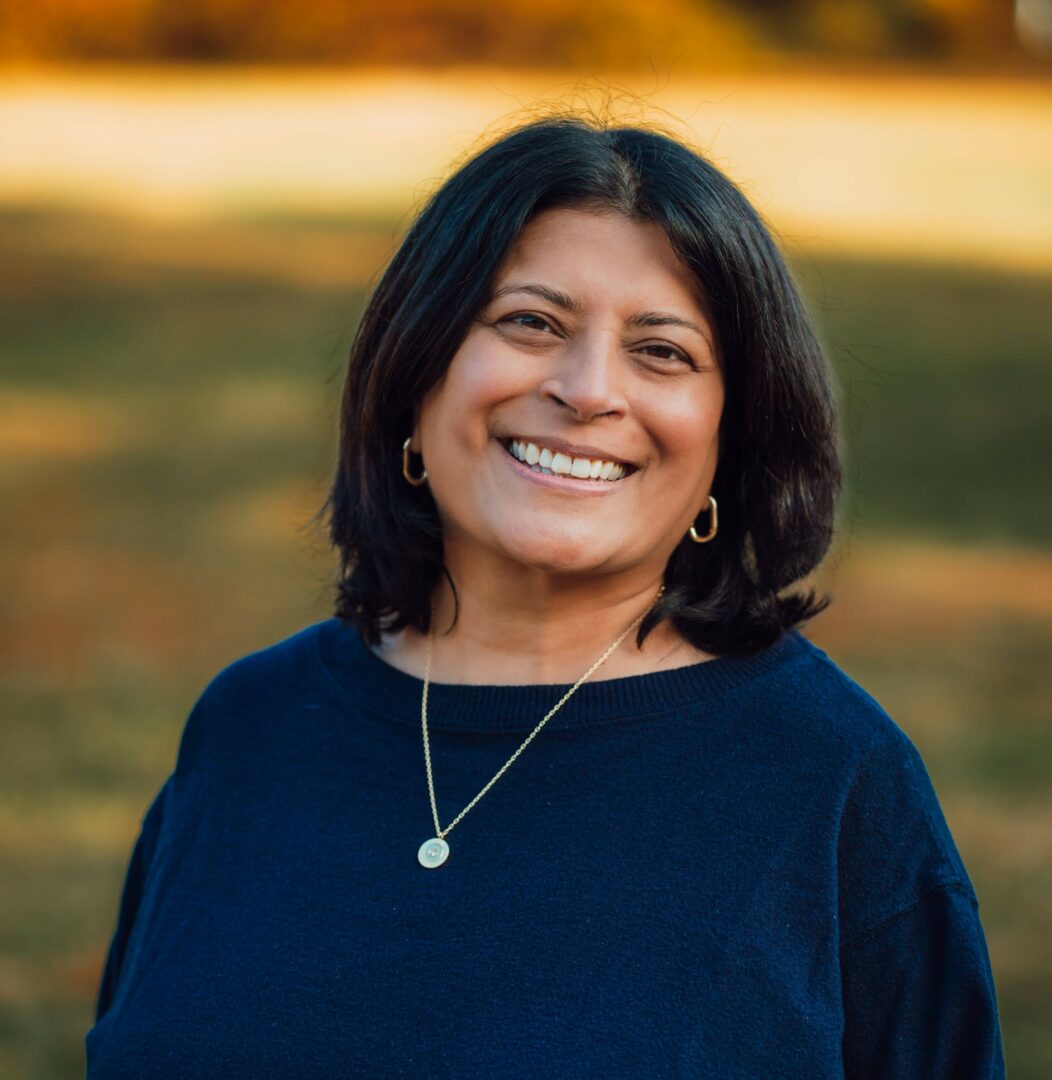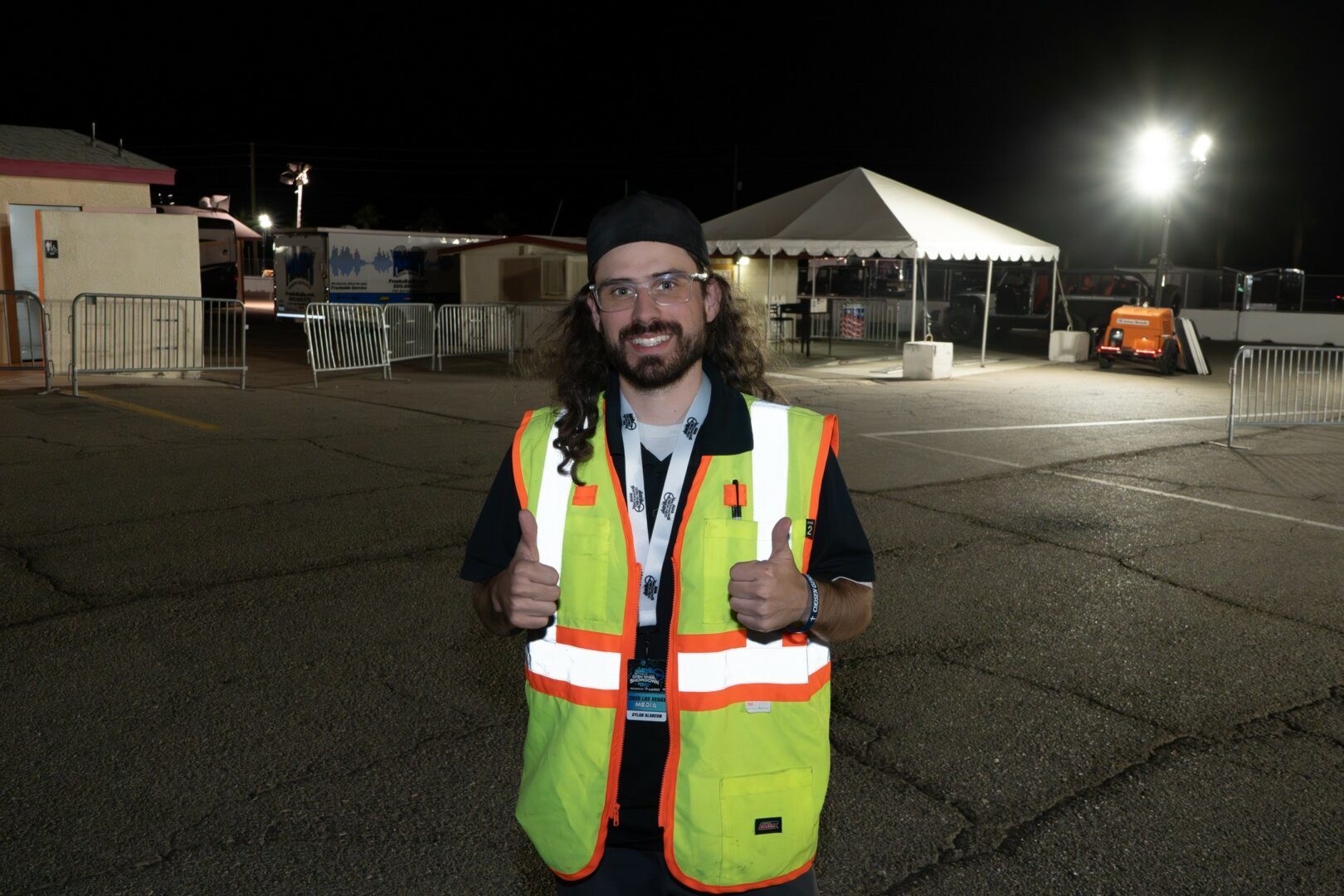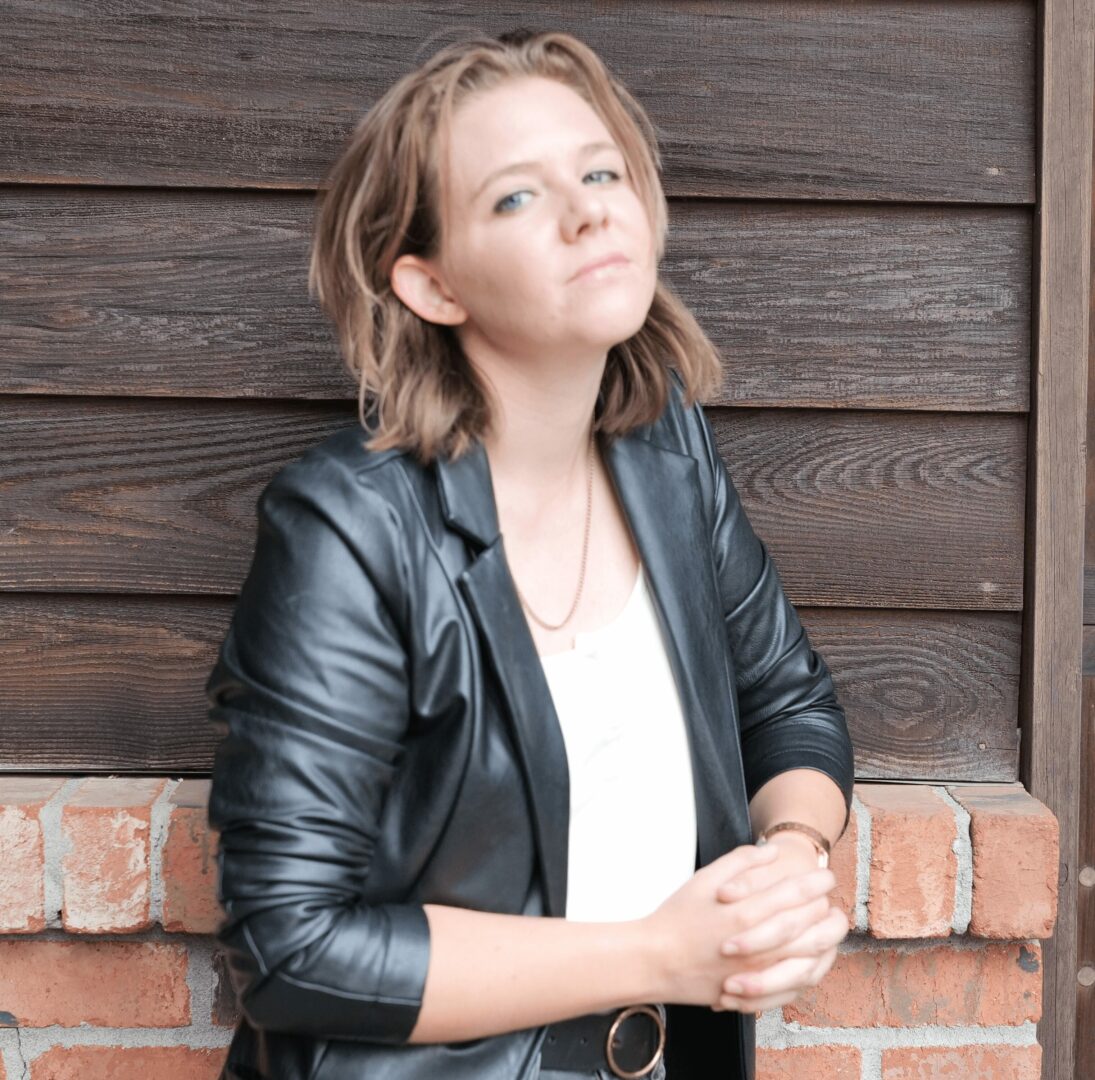Alright – so today we’ve got the honor of introducing you to Sarah Sutro. We think you’ll enjoy our conversation, we’ve shared it below.
Hi Sarah, really happy you were able to join us today and we’re looking forward to sharing your story and insights with our readers. Let’s start with the heart of it all – purpose. How did you find your purpose?
I remember learning to paint at an early age, and sensing that art was what made me feel most myself, most alive, most happy. Once outside in the neighborhood I grew up in, I was trying to paint a landscape of the back of a garage and tangled plants around it. It was an ordinary garage and yard, but as I tried to make the painting I had a sudden feeling of energy from nature itself, extending itself to me. It jolted me and made me feel as if what I was doing was beyond reality – it was energy itself working through me. My mother had been an etcher, and in college I had a woman teacher who was encouraging and whose work I really admired. She was devoted to her work and that impressed me and made me feel it would be possible to take being a painter seriously. Later, as a more developed artist I came to realize that making art was a very powerful tool for expression and could really affect people. I never stopped wanting to express myself in this way. I had always also loved writing, and continued to write poems but only in the later years of my life brought it out into the public. Earlier on I was too busy with jobs, family and my painting career to do both.
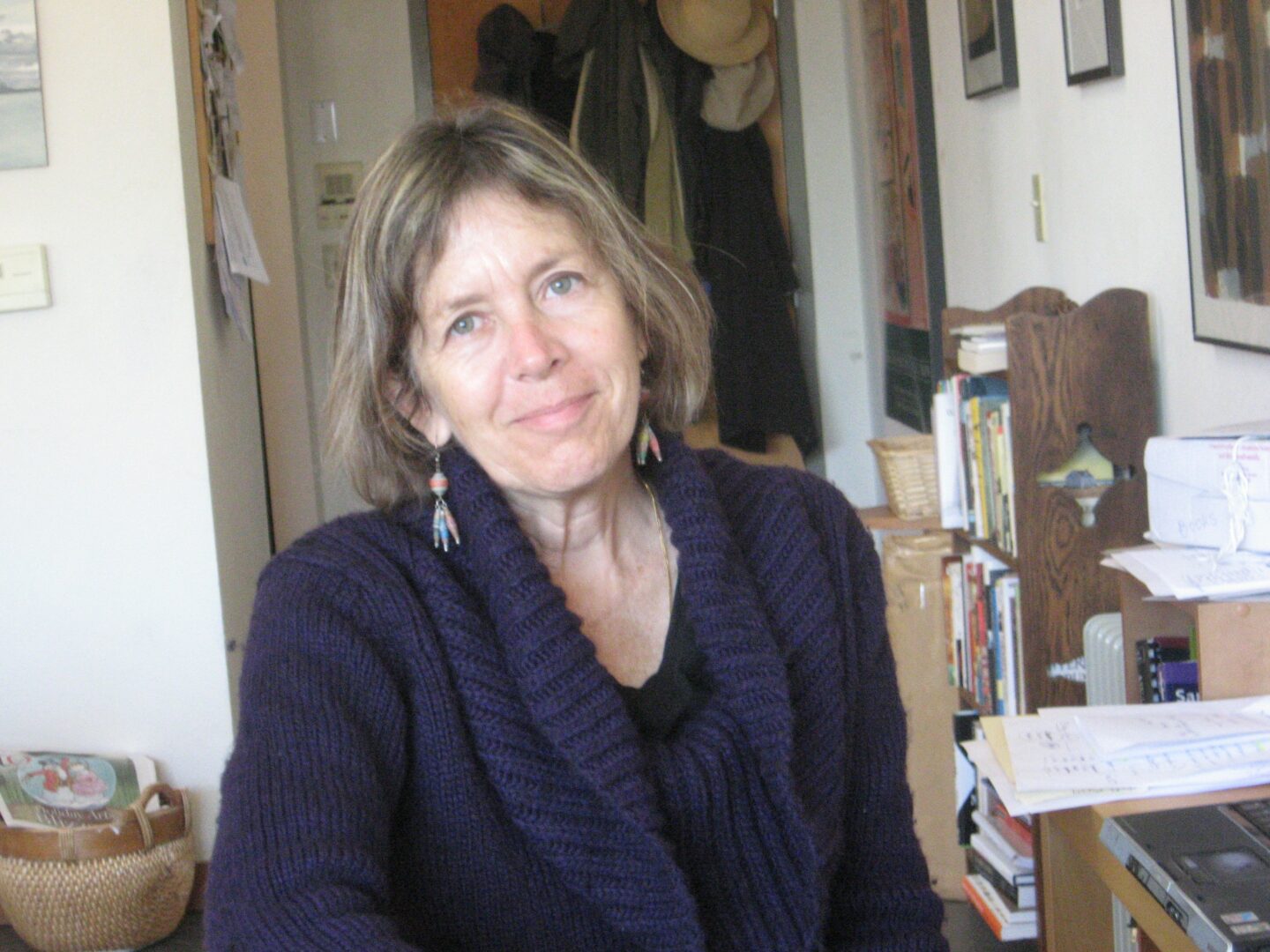
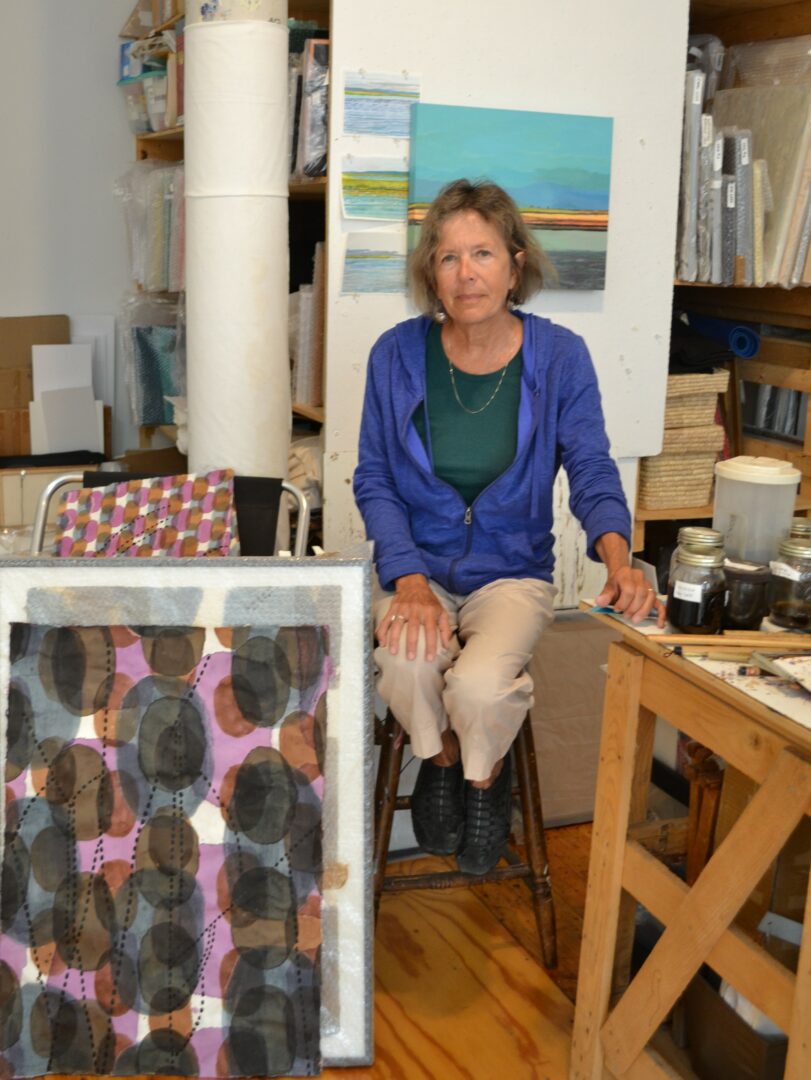
Thanks for sharing that. So, before we get any further into our conversation, can you tell our readers a bit about yourself and what you’re working on?
I am a painter and also a poet. My work, which is about Nature and the Dream, includes an exploration of nature and our human relationship to it. I do ink drawings about the inner side of nature, using inks I make myself from natural ingredients. I lived in Dhaka, Bangladesh for two years and learned how to make natural colors from herbs and plants. In South Asia this is an ancient art, connected to the industry of natural dyes. I visited villages where Indigo is grown and indigo color produced, and worked with a group of artists who were experimenting with natural color. We had shows together and when I came back to the States I wrote a book about color and experimental inks, ‘COLORS: Passages through Art, Asia and Nature’ that was published through Blue Asia Press. Many articles, shows and sales later I still work with these inks and am included in many shows especially on the East Coast. I also paint in acrylic and watercolor, landscapes of water, sea and marsh. My work has been abstract like the ink drawings and currently I am involved in a series of paintings that set figures and heads against abstract landscape. The figures include people I know, photographs, puppet heads (mostly from Asia) and carved heads I make myself. The characters in the paintings are set against vast expanses of nature – and the feeling in these works is that people from all cultures are trying to figure out where we are in this century, in this life. The paintings are asking questions that need to be answered as we face dire situations in the world at this time – climate change, immigration, compassion, justice. My writing, includes reviews, articles and poetry. As a poet I immerse myself in nature and try to capture the intensity of being. The beauty, vulnerability, and wistfulness of how we are of nature and yet often don’t seem, as a people, to be taking care of nature. My new poetry book came out within the last year called ‘Natural Wonders,’ published by Finishing Line Press. I am currently doing readings from the book. Last Fall my paintings were in a two person show in Hoosic Falls, NY called ‘Out of Time: Memory Portraits,’ that included works from the last few years.
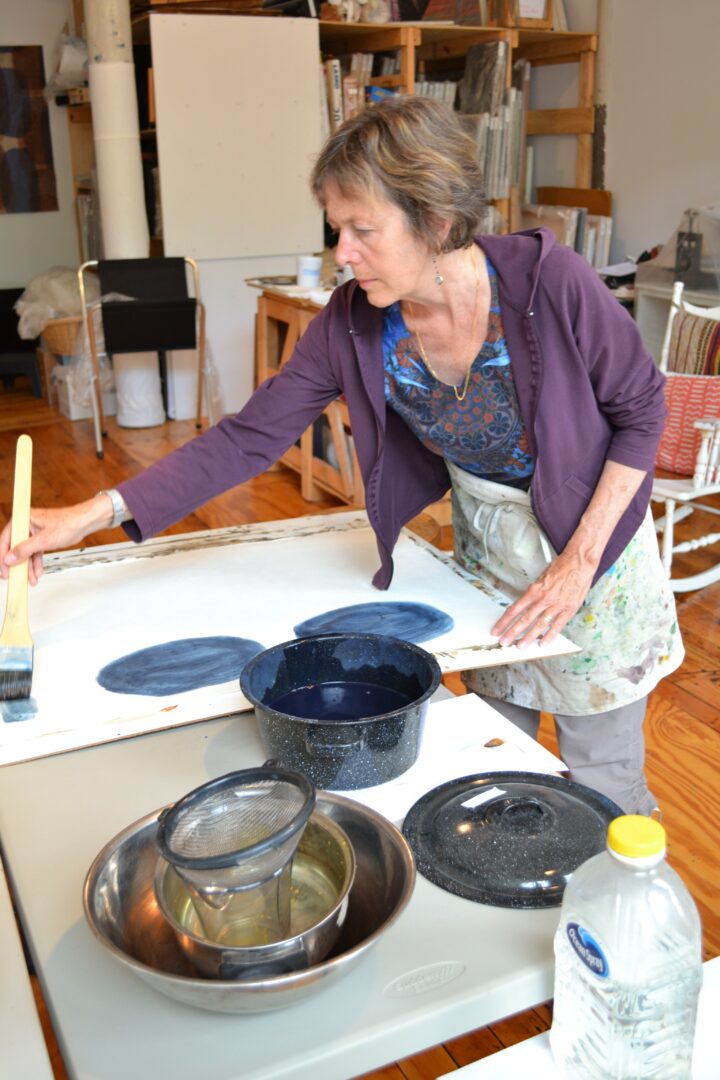
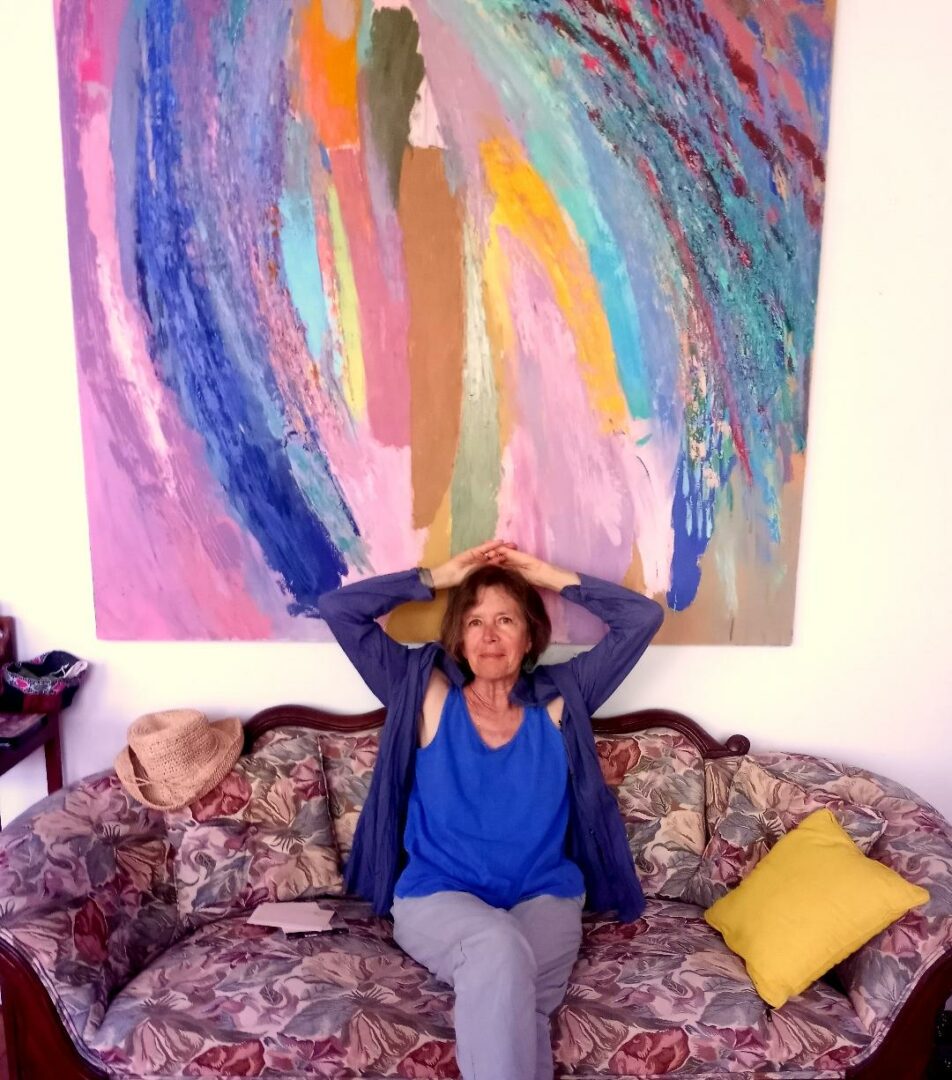
If you had to pick three qualities that are most important to develop, which three would you say matter most?
Three qualities that have been most important to me have been persistence, courage and confidence. People starting out have to commit themselves to their creative pursuit and refuse to give up! Working regularly, finding good mentors, and like-minded friends, forming groups to support each other, sharing opportunities with other artists, finding jobs that leave solid time to do the creative work (I was an adjunct college teacher for many years) – all help. In terms of courage, one has to be honest with oneself about what one’s level of ability is, invest in one’s own career, take challenges whether they are shows, speaking engagements, new techniques, or a move to a better place. Entering new environments can be unnerving but they also test one’s ability to survive and thrive. The courage to break boundaries in what you create – like trying a new medium, letting the work go abstract, continuing despite setbacks, experimenting with something new and letting it fail in order to make another choice – these are all acts of creative courage. Confidence comes with the other two qualities, and the steady development of a body of work. After I got into a few shows in museums, and had my work collected by several major institutions, I knew that in some sense I had arrived as an artist. Every year is different, and some years my work doesn’t get shown, but I have learned to stand up to criticism, rejection and welcome exposure. I have been to art colonies where I have been given time and space to work and met other artists and learned from them. Confidence comes with following through with the many layers of what an artist or writer needs to do to keep their work current in their field, and believing in oneself, and one’s work.
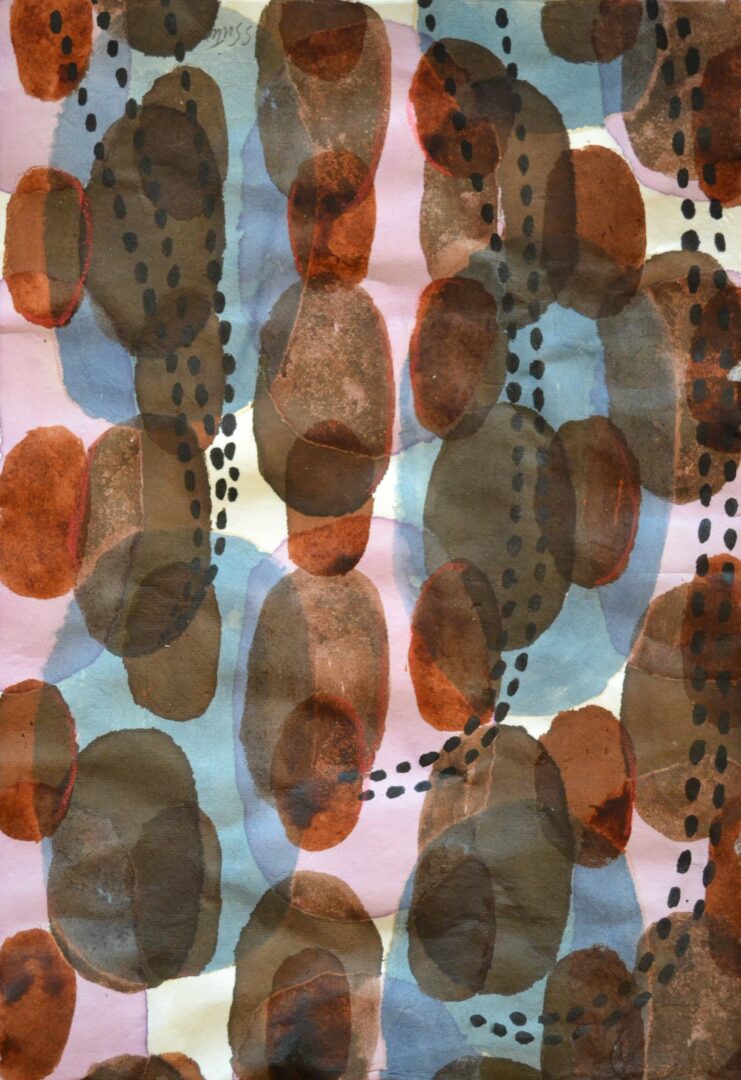
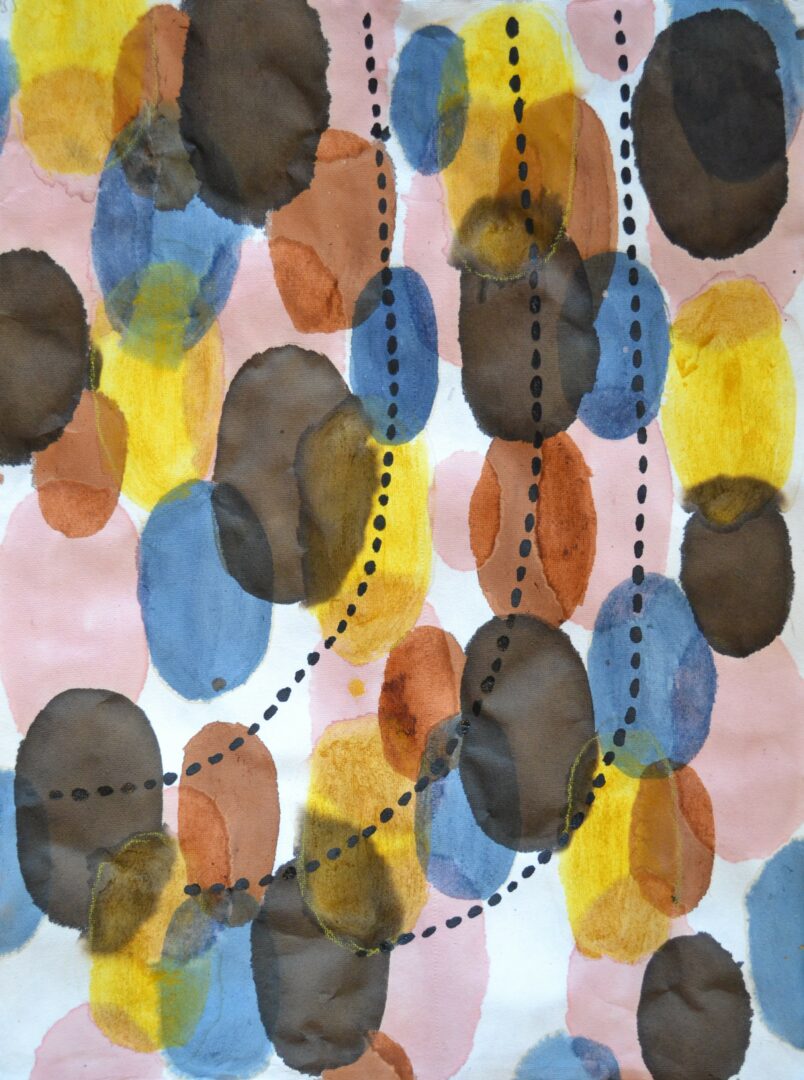
Is there a particular challenge you are currently facing?
Currently I have been facing a sense of inertia after having spent a whole year promoting a big show and a new book of poetry – then recently I had a death in my family. I got exhausted after putting ‘all out’ for the recent positive events in my career, but hadn’t bargained for the need to stop and take care of myself afterward, and then make time for grieving. For me the issue of pacing: managing the balance between making work and taking it out in the world – is a real challenge. And the need for personal growth and renewal after big changes. I gave myself time off in late Fall, until I reached the point of strongly missing my work. I began painting again, but then was hit with the death of my brother. I am riding the waves of grief while making sure I have time to work on my own. And now that I have turned the corner from grieving so much, I see that my work sustains me and brings me into the present where I can feel good about myself, my ideas and my work.
Contact Info:
- Website: https://www.sarahsutro.com
- Instagram: ssutropaints
- Facebook: sarah sutro
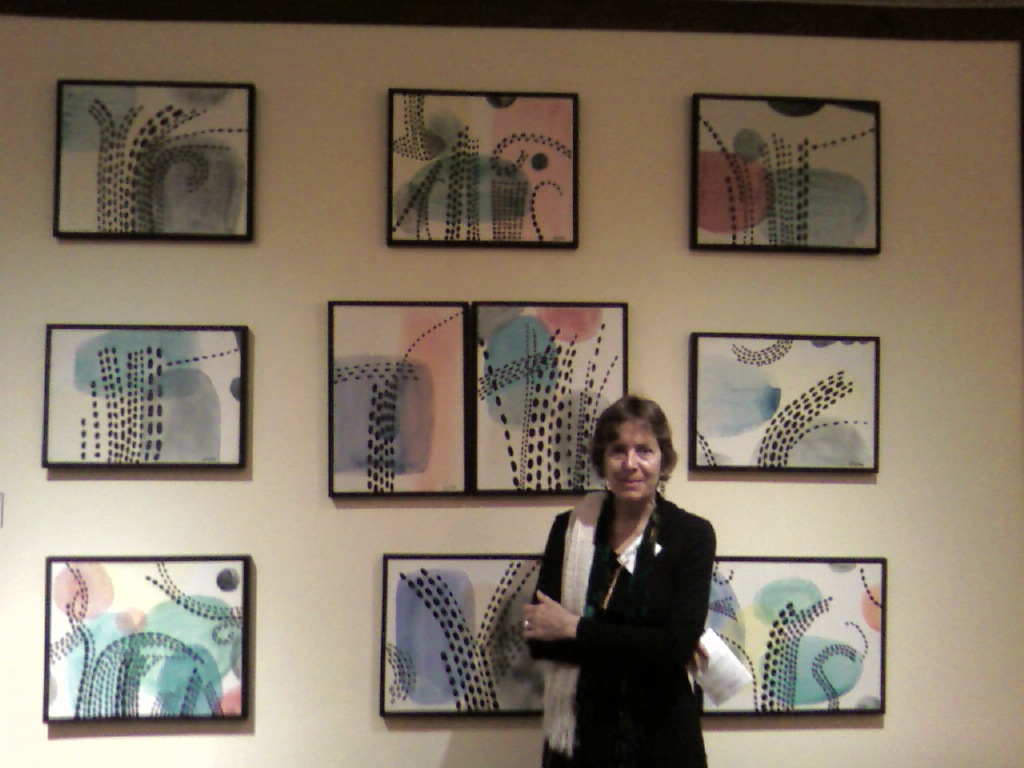
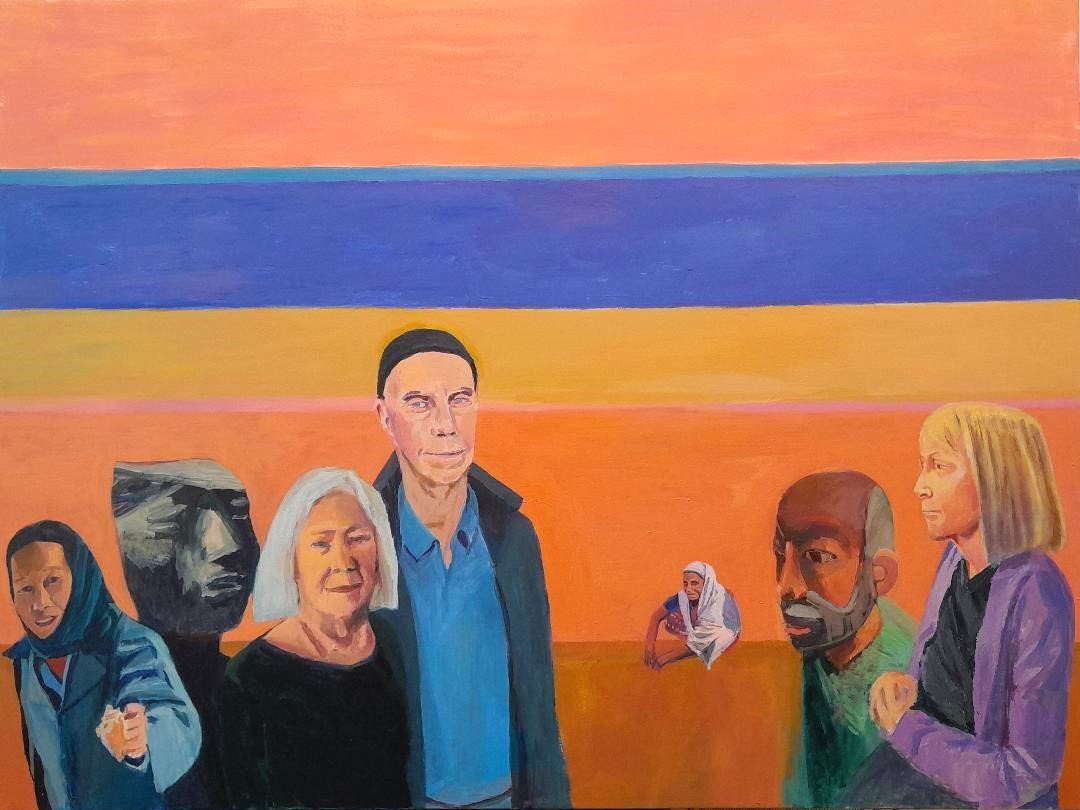
so if you or someone you know deserves recognition please let us know here.


